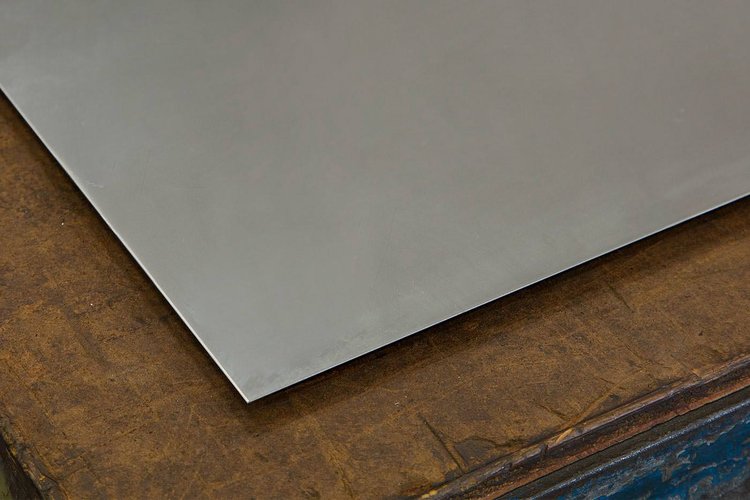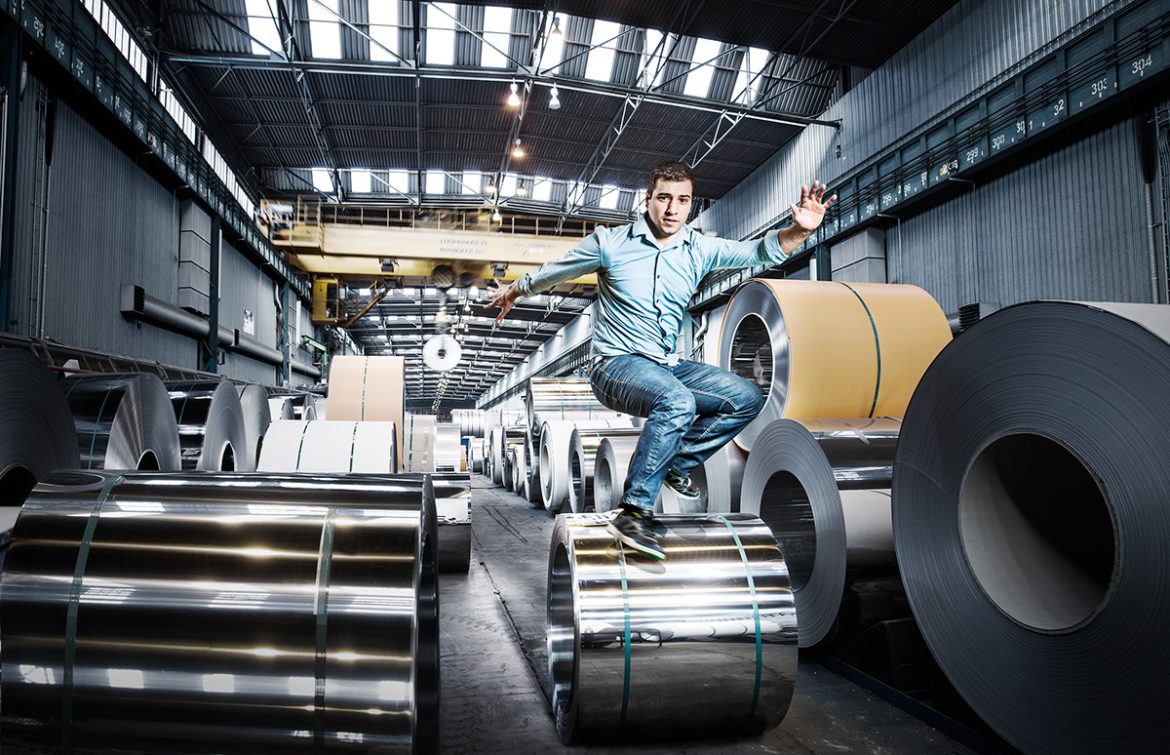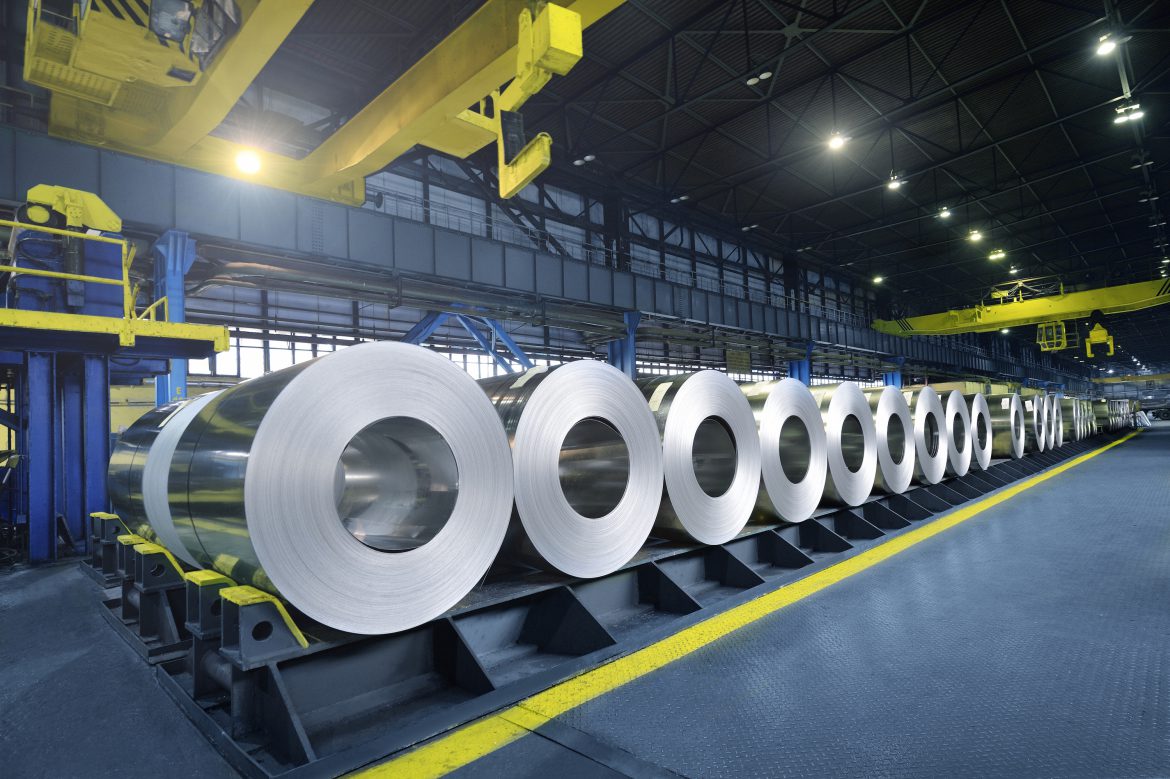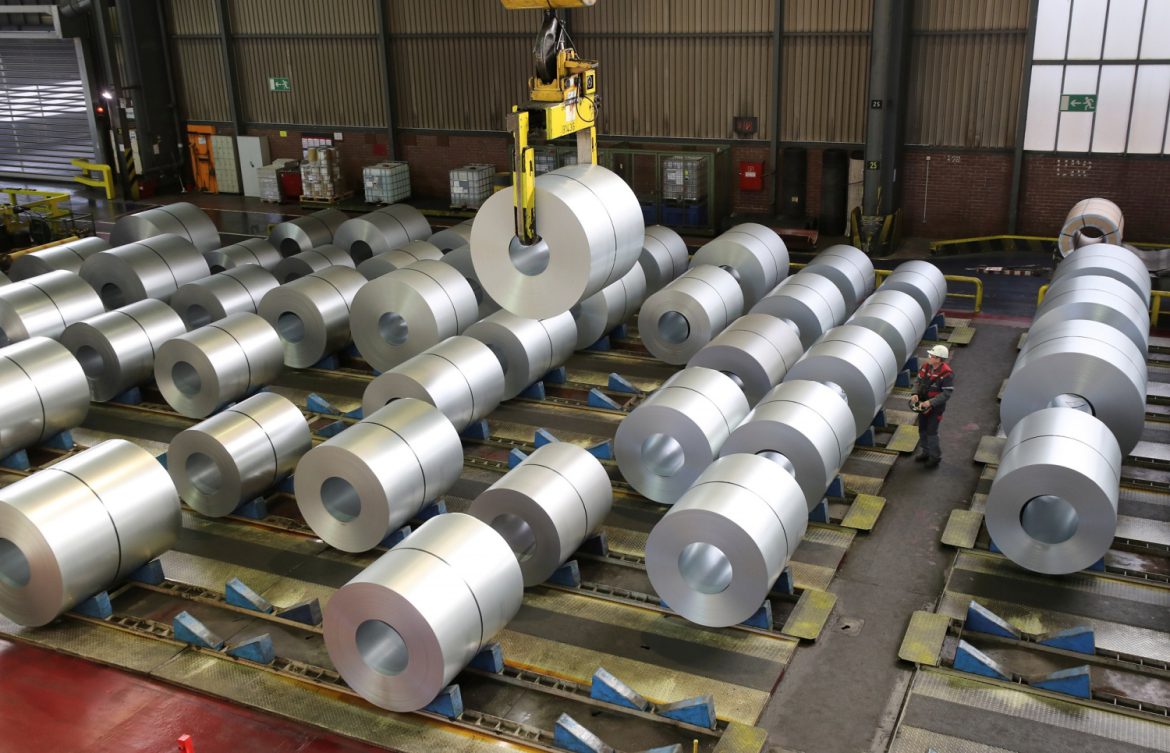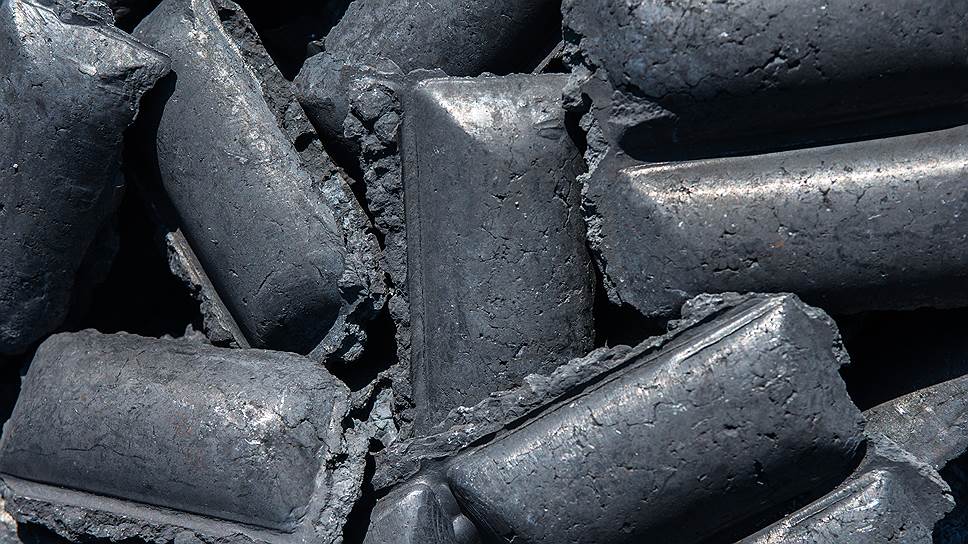Iron pellet, also known as calcium hydroxide, consists of calcareous limestone and a mixture of lime produced with water. Due to its adhesive properties, this material can bond iron particles together. This material is more suitable for self-adhesive pellets and is not recommended for acid pellets. Iron pellet strengthens the pellet if it is present enough (about 5%), but if it is too much, it does the opposite and reduces the mechanical strength of the pellet due to the formation of glass phases. For more information about Iron pellet Wholesale production, visit our site.
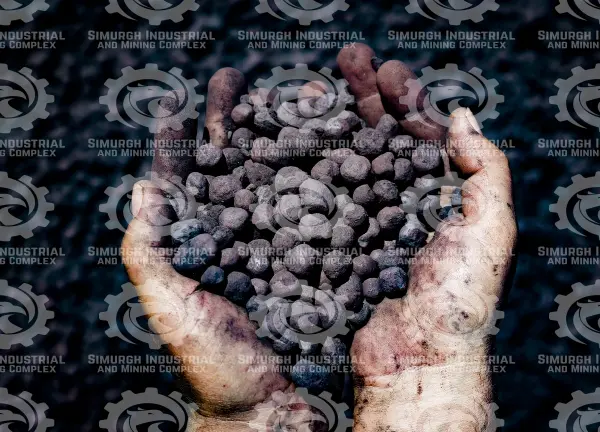
What are iron pellets used for?
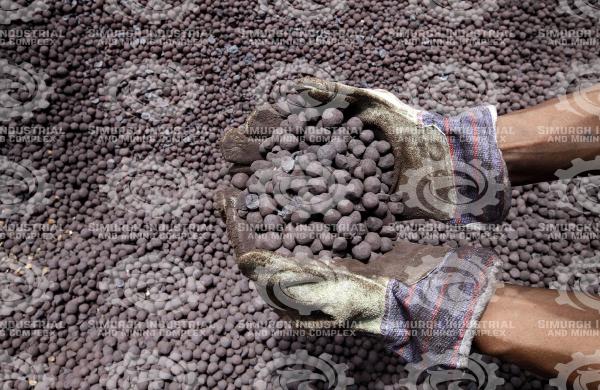
Lime is usually present in pellets and increases the pellet base index. Lime in normal condition and with dimensions of about 0.1 to 3 mm causes the loss of pellet strength and for this purpose it is used in the calcined form with dimensions less than 0.5 mm. Lime such as lime milk, if more than 5% enters the pellet, causes the mechanical resistance of the pellet, so it is necessary to observe the amounts of these substances.
Cement
Cement is used to harden cold pellets. Cold pellets do not need to be cooked.
Water
Water is one of the most important additives to pellet load. The amount of water added to the pellets depends on several factors, which we will discuss below.
- Type of iron ore
- Additive raw materials
- Particle dimensions
- Existence of porosity and water absorption property by mineral surfaces and mineral rock materials
The amount of water, less or more than the specific amount, reduces the mechanical strength of the pellets, and this amount can be obtained completely experimentally. If there is less water, the water film formed on the surface of the particles is not enough to bond the particles to each other, and if too much water is added to the pellets, the charge particles will float in the water and still will not experience the necessary bonding with other particles.
The amount of water varies according to different minerals and for example:
- For hematite mineral 7 to 11 percent
- For magnetic mineral 8 to 12%
- For limonite mineral 12 to 15%
Water in pelletizing and particle size are the two main factors in pelletizing. The water added to the pellets evaporates and is lost during the drying and cooking stages, so in pelletizing they try to use the minimum amount of water according to the type of iron ore, to be part of the cost of water supply. For more information about iron ore pellet plant process, visit our site.
Bulk production of Iron pellet in 2020
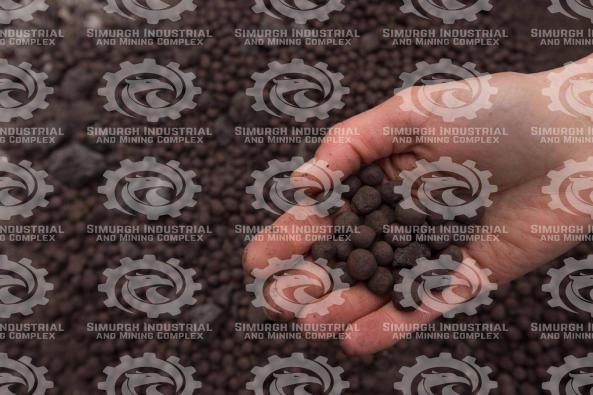
The most important mechanical property of pellets is mechanical strength. Pelletizing methods are divided into two types, which include:
- Pelletizing cone method
- Disk method
The pelletizing cone method was the only pelletizing method from the beginning of the 50’s, which with technological advances and recognizing the various weaknesses of the cone method, gradually replaced the disc method and was mostly used by industries. Today, iron ore pellets uses. Dear customers, you can refer to our site for more information about Bulk production of Iron pellet in 2020.
You can contact us to buy and sell this product:
Sales consultant: Ms. Leila Nematzadeh
Ways of communication: Phone number: 02147623014
Phone number: 02147623014
 Phone number: 04133660491
Phone number: 04133660491
 Phone number: 09120169267
Phone number: 09120169267
 WhatsApp Response (Skype): click
WhatsApp Response (Skype): click
 Instagram: simurgh_steel_company@
Instagram: simurgh_steel_company@
 email: info@simurghsteelco.com
email: info@simurghsteelco.com
 email: ironore110@gmail.com
email: ironore110@gmail.com
 Facebook: ironore110@
Facebook: ironore110@
 LinkedIn: simurgh-iron-and-steel-company-a68295180@
LinkedIn: simurgh-iron-and-steel-company-a68295180@
 twitter: CoSimurgh@
twitter: CoSimurgh@

